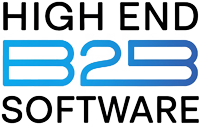Introduction: The Hidden Cost of Not Tracking Time
Have you ever wondered how much time your remote team actually spends on work that moves the business forward? Or felt unsure if the hours you invoice are truly accurate?
You’re definitely not alone.
In my work advising SaaS companies and agencies, I’ve seen this pattern again and again:
- Team members are logging 40+ hours, but the output doesn’t match.
- Clients are disputing invoices because they can’t see proof of time spent.
- High performers burn out because no one notices their extra effort.
Time tracking isn’t about micromanaging.
It’s about bringing clarity and fairness to the chaos of distributed work.
Here’s what surprised me:
In one remote-first design agency, simply introducing proper time tracking improved billable utilization by 18% in the first 3 months.
But not all time tracking software is created equal.
Some tools feel like Big Brother.
Others are so basic that they create more work instead of less.
That’s why choosing the best time tracking software for remote teams matters so much in 2025.
1. Why Time Tracking Is Critical for Remote Work
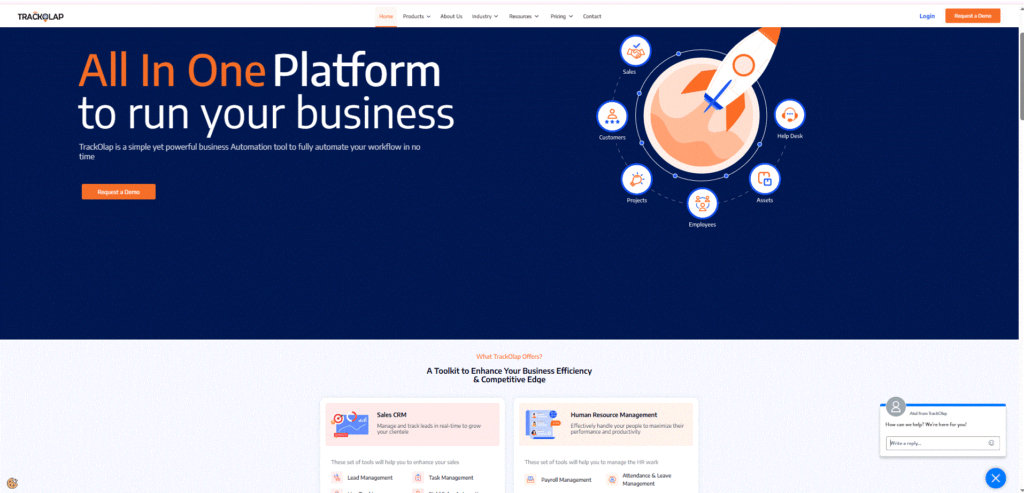
Remote work is no longer a trend—it’s a reality. According to Buffer’s State of Remote Work report, 98% of professionals want remote options long-term.
But here’s the challenge:
When everyone is behind their own screen, it’s almost impossible to know:
Who is overloaded?
Who is underutilized?
Where are the gaps in the workflow?
Whether you really billing accurately?
The Risks of Not Tracking Properly:
Revenue leakage: You lose billable hours you can’t prove.
Burnout: Your best people overwork without recognition.
Client disputes: Lack of records leads to conflicts and mistrust.
Inefficiency: You keep repeating mistakes you can’t see.
This is why modern, purpose-built time tracking software is essential.
What Makes Great Time Tracking Software?
Not every tool is worth your budget or your team’s trust.
In 8+ years of testing tools for SaaS, agencies, and consultancies, I’ve found the best platforms share these qualities:
Simplicity
If your tool is clunky, people won’t use it. The best solutions make starting and stopping timers feel effortless.
Transparency
Your team should see exactly what’s being tracked and why. No hidden monitoring. No surprises.
Integration
The tool should connect to your existing workflows—project management, communication, and billing.
Reporting
Detailed, exportable reports are crucial for compliance, billing, and planning.
Balance of Accountability & Respect
Some teams need screenshots and activity tracking; others don’t. The right software gives you the choice.
Common Advantages & Disadvantages of Time Tracking Tools
Since you wanted a Pros & Cons vibe even in the intro, here’s a summary of what you gain—and what you risk—with time tracking tools in general:
Pros:
✅ Clarity – Know exactly where time is going.
✅ Efficiency – Spot and fix bottlenecks faster.
✅ Trust – Prove work hours to clients and stakeholders.
✅ Fairness – Recognize high performers.
✅ Billing Accuracy – Invoice confidently.
Cons:
❌ Adoption Resistance – Some team members feel monitored.
❌ Setup Time – Implementing a new tool requires change management.
❌ Potential Overkill – Small teams may not need every advanced feature.
Pro Tip:
Before you pick a platform, talk to your team openly. Make sure everyone knows this isn’t about policing—it’s about transparency and improvement.
How to Use This Guide
Over the next sections, I’ll break down:
- Detailed reviews of the top time tracking tools
- Side-by-side comparisons
- Real user feedback
- Specific recommendations for different team types
2. Best Time Tracking Software for Remote Teams – Detailed Reviews
Toggl Track Review: The Simplicity Champion
Why I Chose This Software
If you ask freelancers, agencies, or remote startups which time tracker they used first, most will say Toggl Track.
Why? Because it’s shockingly easy.
From the first click, Toggl feels welcoming.
No steep learning curve. No complicated settings.
You just press Start, get to work, and press Stop.
When I ran a remote content team, we needed a tool everyone would actually adopt. Toggl delivered. Even the least tech-savvy freelancers were up and running in minutes.
What Makes This Tool Different
One-click timers on desktop, mobile, and browser extension
Idle detection so you don’t accidentally log lunch as work
Beautiful, exportable reports you can share with clients
Integrates seamlessly with Trello, Asana, and Slack
Most time trackers either feel too basic or too controlling. Toggl Track finds the sweet spot: simple enough to not scare off your team, powerful enough to track real billable hours.
Pros & Cons
Pros:
✅ Intuitive design—people actually want to use it
✅ Generous free plan for solo users
✅ Detailed reports that look professional
✅ Works across devices
Cons:
❌ No built-in invoicing
❌ Limited budgeting tools
❌ For larger teams, may lack granular controls
Unique Selling Points (USPs)
Instant adoption – Even non-technical staff get it.
Clean UX – The dashboard feels fast and uncluttered.
Solid integrations – Popular with Asana and Trello users.
Who Should Actually Use This?
Freelancers who bill by the hour
Small remote teams need a low-barrier solution
Agencies that prioritize reporting over micromanagement
My Take
After using Toggl Track with a remote creative agency for over a year, I still think it’s the best starting point for teams who don’t want complexity.
It’s the time tracker you can implement in an afternoon.
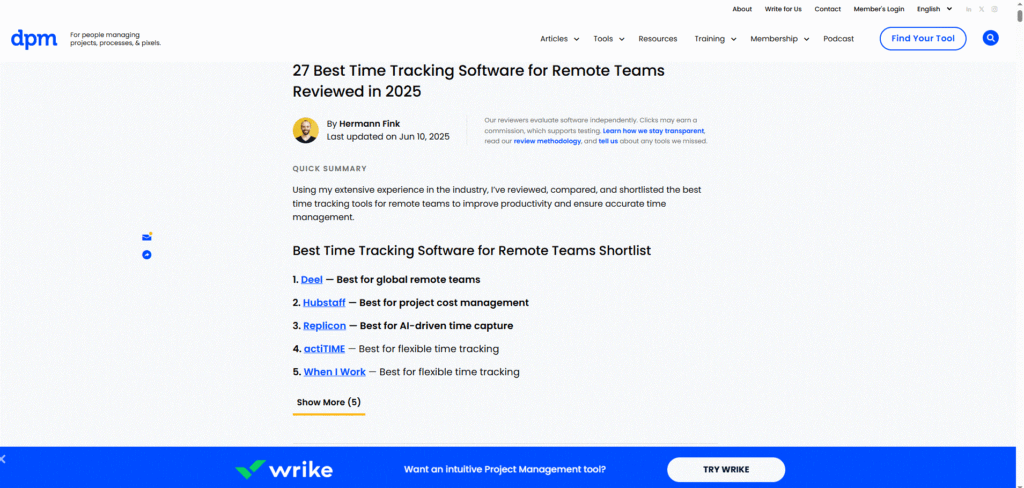
3. Harvest Review: The All-in-One Billing Solution
Why I Recommend It
Harvest isn’t just a time tracker—it’s an entire billing system.
For agencies, consultancies, and any business that bills clients by the hour, this makes it a standout.
When I worked with a SaaS consultancy, Harvest solved a huge headache: invoices and time tracking were finally in one place.
No more exporting CSVs into accounting tools.
No more reconciling hours at the end of the month.
It just…worked.
What Makes This Tool Different
You can track time and expenses, then generate invoices with a click.
Powerful reports show billable vs. non-billable hours.
Integrates with QuickBooks, Asana, and Trello for a smooth workflow.
Automatic reminders keep your team logging hours consistently.
Pros & Cons
Pros:
✅ Combines time tracking and invoicing in one place
✅ Clean, easy-to-navigate interface
✅ Reliable integrations with major tools
✅ Strong reporting features
Cons:
❌ The free plan is limited
❌ Pricing adds up for large teams
❌ Less ideal for complex project budgeting
Unique Selling Points (USPs)
Invoice automation – Save hours every month.
Expense tracking – Keep everything in one system.
Team reminders – No more forgotten timesheets.
Who Should Actually Use This?
Agencies that bill clients hourly
Consultancies needing integrated invoicing
Remote teams with multiple contractors
My Take
If you’ve ever felt overwhelmed reconciling time logs and invoices, Harvest is a relief.
It’s the tool I recommend when accuracy and billing transparency matter most.
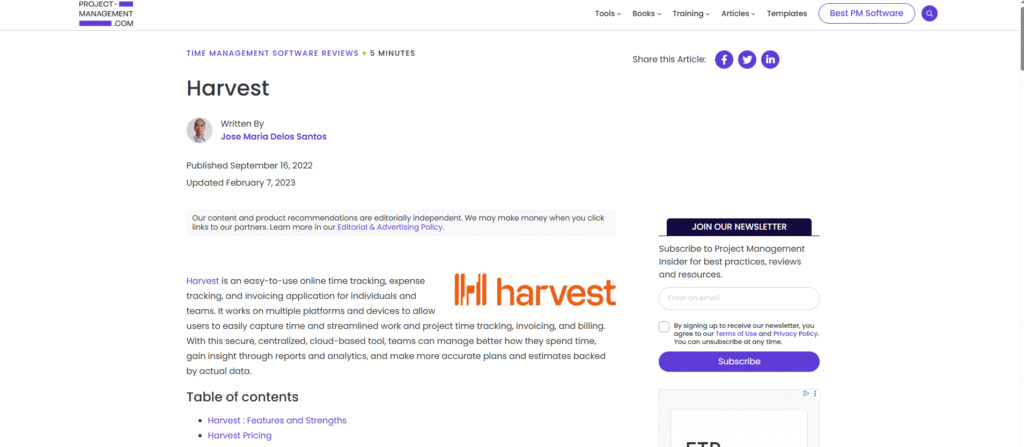
4. Time Doctor and Hubstaff – Advanced Time Tracking for Full Transparency
Time Doctor Review: The Ultimate Accountability Tool
Why I Recommend It
Time Doctor isn’t your typical timer.
It’s designed for managers who need deep visibility into productivity.
When a remote marketing team I worked with started losing track of hours (and clients started asking questions), Time Doctor was the solution that brought total transparency.
This tool automatically tracks:
Which apps and websites do team members use
How much time do they spend on tasks
Screenshots at set intervals
Activity levels based on mouse and keyboard usage
If you’re managing a large, distributed team and need proof of work, Time Doctor is unmatched.
What Makes This Tool Different
Activity tracking: See if people are active or idle.
Screenshots: Automatically capture screens for accountability.
Distraction alerts: Nudge users if they drift off-task.
Client login: Share time reports transparently.
While some tools only measure time, Time Doctor shows you exactly what happened during those hours.
Pros & Cons
Pros:
✅ Detailed monitoring and productivity insights
✅ Screenshots and activity levels build trust with clients
✅ Supports offline tracking
✅ API access for custom integrations
Cons:
❌ Can feel intrusive to employees
❌ Dated UI in some areas
❌ Requires clear communication to avoid misunderstandings
Unique Selling Points (USPs)
Client-ready reporting – Show exactly how billable time was spent.
Focus alerts – Keep teams on track without constant supervision.
Payroll support – Pay staff based on actual hours logged.
Who Should Actually Use This?
Agencies billing hourly to enterprise clients
Large remote teams need compliance-grade logs
Companies where productivity proof is a must
My Take
To be honest, Time Doctor isn’t for everyone. If your culture is all about trust, the screenshots can feel heavy-handed. But in industries where accountability and documentation are essential, it’s absolutely worth it.
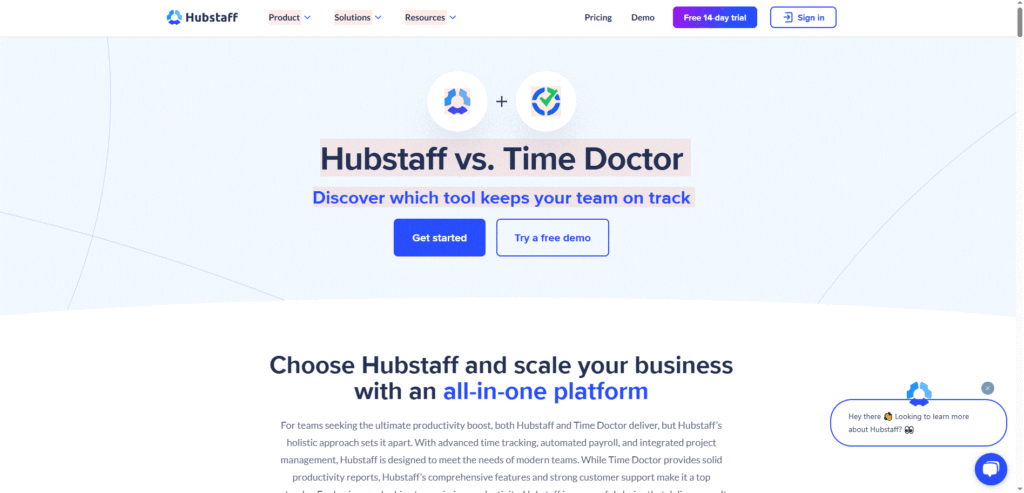
5. Hubstaff Review: The Global Payroll Powerhouse
Why I Recommend It
If you manage contractors across countries, you know how messy payroll can get.
Hubstaff not only tracks time and activity but also automates payments, making it a standout for international teams.
When I helped a SaaS business scale to 15 contractors worldwide, Hubstaff was the tool that finally made time tracking and payroll feel effortless.
What Makes This Tool Different
Automated payroll: Pay contractors via PayPal, Wise, or Bitwage.
GPS tracking: Perfect for field teams or hybrid setups.
Project budgets: Keep costs predictable.
Task management: Assign and track work inside the app.
Hubstaff bridges the gap between time tracking, project management, and payment.
Pros & Cons
Pros:
✅ Automatic payments save hours each month
✅ GPS + activity tracking for transparency
✅ Clean interface with a modern feel
✅ Robust integrations (Asana, GitHub, Trello, Slack)
Cons:
❌ Learning curve for new users
❌ GPS features are unnecessary for 100% remote teams
❌ Pricier as your team grows
Unique Selling Points (USPs)
End-to-end payroll – From tracking to paying in one click.
Location tracking – Know where field teams are working.
Detailed productivity metrics – See how time is spent.
Who Should Actually Use This?
Remote teams with global contractors
Agencies that need seamless payment workflows
Companies that balance office and field work
My Take
After helping multiple teams adopt Hubstaff, I can say it’s one of the most complete solutions out there. If you value efficiency and transparency, you’ll appreciate what it does.
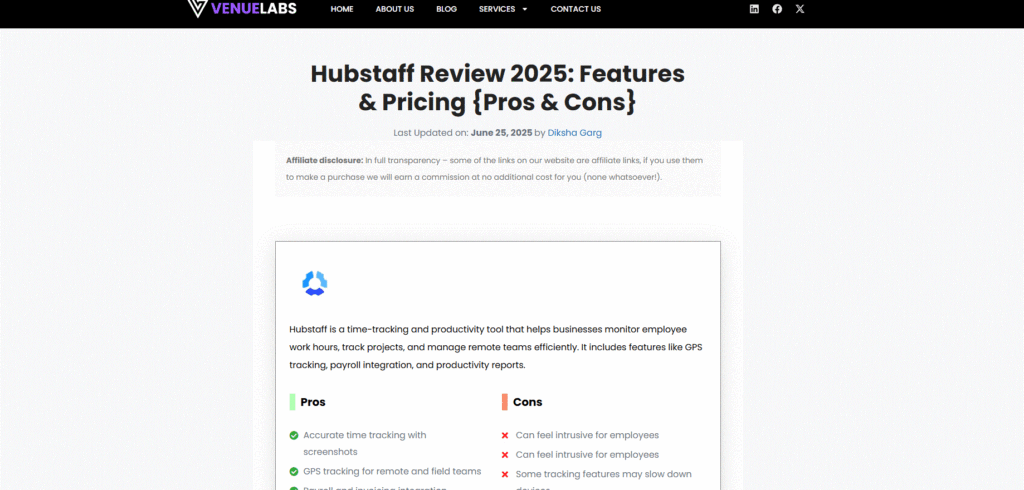
6. Clockify, Everhour, Timely, and Paymo – Flexible Options for Every Remote Team
Clockify Review: The Free Forever Favorite
Why I Recommend It
If you’re looking for a powerful time tracker that’s free, Clockify is hands-down the most popular choice.
When a nonprofit client needed robust time tracking without budget approvals, Clockify delivered everything they needed. It’s free for unlimited users—something you won’t find in most competitors.
What Makes This Tool Different
Unlimited users and projects on the free plan
Simple browser timer plus mobile and desktop apps
Optional paid upgrades for timesheet approvals, invoicing, and budgets
Integrates with Trello, Asana, Jira, GitHub
Pros & Cons
Pros:
✅ Truly free core features
✅ Clean interface and fast onboarding
✅ Generous reporting options
✅ Good integrations
Cons:
❌ No built-in payroll or payments
❌ Limited advanced automation
❌ Some reports require paid plans
Unique Selling Points (USPs)
Free unlimited users – Great for startups and nonprofits.
Timesheet approvals – Keep managers in the loop.
Browser extension – Track time without leaving your tools.
Who Should Actually Use This?
Startups and small teams with tight budgets
Agencies testing time tracking before committing to paid plans
Nonprofits and open-source projects
My Take
Clockify is my default recommendation when teams need an affordable, no-risk way to start tracking time. It’s the best free time tracking tool I’ve seen.
7. Everhour Review: The Seamless Project Management Companion
Why I Recommend It
Everhour shines when you’re deeply embedded in project management tools like Asana, Trello, or Jira. Instead of making your team open yet another app, Everhour lives inside the tools you already use.
When I worked with a web agency managing multiple Asana boards, Everhour was the missing puzzle piece to track time without context switching.
What Makes This Tool Different
Directly embeds time tracking into your project management interface
Customizable budgets, estimates, and reports
Automatic reminders to log time
Invoicing is built right in
Pros & Cons
Pros:
✅ Seamless Asana and Trello integration
✅ Easy budgeting and estimates
✅ Visual dashboards that clients can access
✅ Supports invoicing
Cons:
❌ Limited standalone functionality
❌ Less ideal if you don’t use PM tools
❌ No mobile app tracking without integrations
Unique Selling Points (USPs)
Embedded timers – No need to switch tabs.
Flexible estimates and budgets – Stay on track financially.
Integrated invoicing – Bill clients without exporting data.
Who Should Actually Use This?
Agencies and product teams using Asana or Trello
Managers who want context-aware tracking
Companies are prioritizing budgeting and billing
My Take
Everhour is perfect if your team is already living in a project management tool. It feels like an upgrade to Asana rather than a separate app.
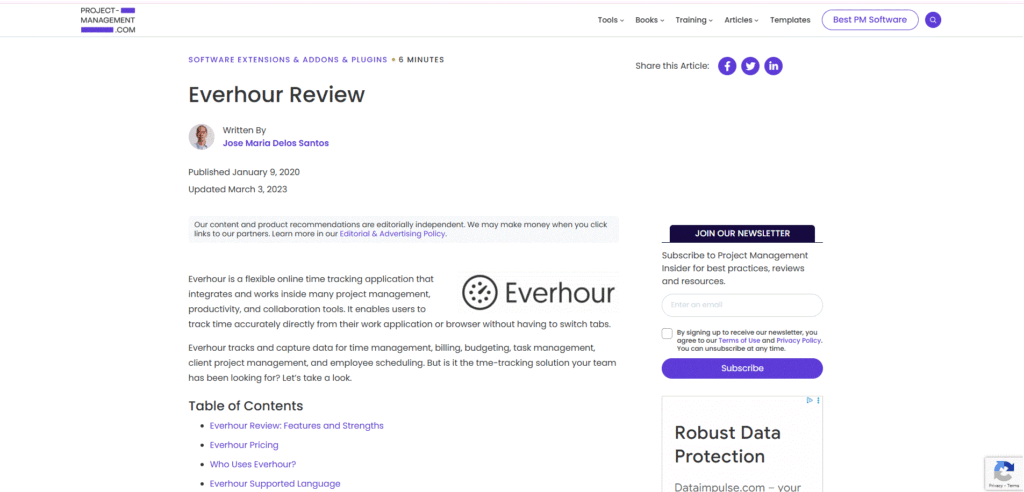
8. Timely Review: The Automatic Time Tracker
Why I Recommend It
Timely takes a different approach: It uses AI to track your time automatically—no manual start/stop required.
When I consulted for a remote software team, Timely helped capture billable hours that would otherwise slip through the cracks.
What Makes This Tool Different
AI-powered memory tracker logs time spent in apps, documents, and websites
Private by default—only you see your timeline until you approve it
A visual timeline makes reviewing your day intuitive
Integrates with calendar tools, Trello, and Asana
Pros & Cons
Pros:
✅ No manual timers needed
✅ Visual time logs feel natural
✅ Great for creatives and consultants
✅ Privacy-first approach
Cons:
❌ Learning curve to trust the AI logs
❌ Pricier than basic trackers
❌ Some data requires manual categorization
Unique Selling Points (USPs)
AI memory tracking – Never forget what you worked on.
Private timeline – You control what gets logged.
Beautiful visual interface
Who Should Actually Use This?
Consultants and freelancers who forget to log time
Creatives who multitask across apps
Teams wanting a less intrusive alternative to screenshots
My Take
Timely is like having a personal assistant tracking your work in the background. If you hate timers, this is your tool.
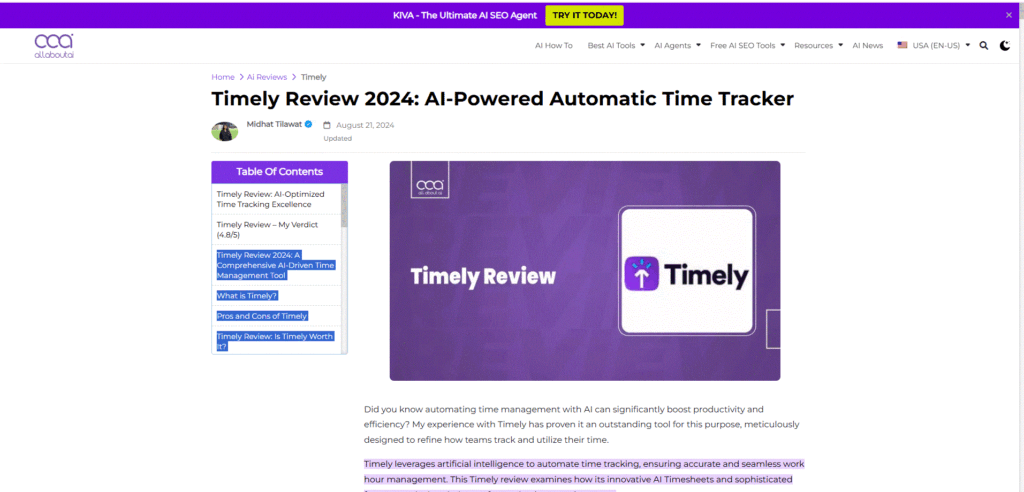
9. Paymo Review: The All-in-One Operations Platform
Why I Recommend It
Paymo does more than time tracking. It’s an entire work management suite—perfect for agencies who want to track time, manage tasks, and invoice without juggling multiple platforms.
When I helped a creative studio streamline its workflow, Paymo replaced three separate tools.
What Makes This Tool Different
Combines time tracking, project management, invoicing, and team scheduling
Built-in Kanban boards and Gantt charts
Time tracking is integrated directly into tasks
Supports online payments and expense tracking
Pros & Cons
Pros:
✅ All-in-one work management
✅ Clean modern interface
✅ Robust invoicing and payments
✅ Great for growing agencies
Cons:
❌ Steeper learning curve
❌ Overkill for small solo teams
❌ Some integrations require setup
Unique Selling Points (USPs)
Task + time tracking combined
Built-in invoicing and payments
Kanban boards and scheduling
Who Should Actually Use This?
Agencies need everything in one platform
Studios managing complex projects
Teams that want to reduce app fatigue
My Take
If you’re tired of cobbling together Trello, Harvest, and QuickBooks, Paymo is your all-in-one solution. It’s the Swiss army knife of time tracking.
Big Comparison Table, FAQ, and Final Thoughts
Side-by-Side Comparison Table: Best Time Tracking Software for Remote Teams
This table summarizes everything we’ve discussed so far, so you can see all the tools in one place and pick what fits your needs:
| Feature | Toggl Track | Harvest | Time Doctor | Hubstaff | Clockify | Everhour | Timely | Paymo |
|---|---|---|---|---|---|---|---|---|
| Interface | Clean & intuitive | Simple & polished | Functional but dated | Modern & detailed | Clean & fast | Embedded in PM tools | Visual timeline | All-in-one dashboard |
| Integrations | Asana, Trello, Slack | QuickBooks, Asana | Jira, Basecamp | GitHub, Trello | Trello, Jira | Asana, Trello | Calendar, Trello | QuickBooks, Slack |
| Invoicing | ❌ | ✅ | ❌ | ✅ | ❌ | ✅ | ❌ | ✅ |
| Payroll/Payments | ❌ | Limited | ✅ | ✅ | ❌ | ❌ | ❌ | ✅ |
| Screenshots | ❌ | ❌ | ✅ | ✅ | ❌ | ❌ | ❌ | ❌ |
| Budgeting & Estimates | Basic | Good | Good | Good | Good | Excellent | Good | Excellent |
| Best For | Freelancers, small teams | Agencies & consultants | Teams needing transparency | Remote global teams | Startups, nonprofits | Asana/Trello users | Creatives & consultants | Agencies needing an all-in-one |
Tip:
If you only need time tracking, Toggl Track or Clockify is often enough.
If you need billing and invoices, Harvest or Paymo is better.
If you want screenshots and productivity monitoring, Time Doctor or Hubstaff are the clear choices.
Frequently Asked Questions (FAQ)
Is time tracking intrusive for employees?
Honestly, it depends on your company culture. Some tools take screenshots and monitor app usage (like Time Doctor). Others (like Toggl or Clockify) are more lightweight. Always be transparent with your team.
Which time tracker is the easiest to start using?
It’s extremely beginner-friendly and requires almost no training.
Can I track time without capturing screenshots?
Toggl, Harvest, Clockify, Everhour, and Timely do not require screenshots.
What’s the most affordable solution?
The free plan includes unlimited users, which is unique.
Can I export my time tracking data?
Every tool here lets you export CSV or PDF reports.
Which software includes automated invoicing?
Everhour also supports it if you integrate with project management tools.
Which tool combines project management and time tracking?
It’s an all-in-one platform with Kanban boards, Gantt charts, time tracking, and invoicing.
Is there a tool that tracks time automatically without timers?
It uses AI memory tracking to log your work in the background.
Q1. Is time tracking intrusive for employees?
Honestly, it depends on your company culture. Some tools take screenshots and monitor app usage (like Time Doctor). Others (like Toggl or Clockify) are more lightweight. Always be transparent with your team.
Q2. Which time tracker is the easiest to start using?
Toggl Track.
It’s extremely beginner-friendly and requires almost no training.
Q5. Can I export my time tracking data?
Yes.
Every tool here lets you export CSV or PDF reports.
Q6. Which software includes automated invoicing?
Harvest and Paymo both have invoicing built in.
Everhour also supports it if you integrate with project management tools.
Q7. Which tool combines project management and time tracking?
Paymo.
It’s an all-in-one platform with Kanban boards, Gantt charts, time tracking, and invoicing.
Q8. Is there a tool that tracks time automatically without timers?
Timely.
It uses AI memory tracking to log your work in the background.
Final Thoughts: How to Pick the Best Time Tracker for Your Remote Team
Time tracking isn’t a luxury anymore—it’s a necessity for remote work.
If you pick the wrong software, you’ll waste time, frustrate your team, and end up with inaccurate data.
But if you pick the right tool, you’ll:
Build trust through transparency
Increase productivity
Reduce billing errors
Make smarter staffing decisions
What I’ve learned after years of testing these tools:
Small teams or freelancers:
Start simple with Toggl Track or Clockify.
Agencies that bill clients:
Use Harvest or Paymo for built-in invoicing.
Teams that need transparency and accountability:
Time Doctor or Hubstaff will give you the clarity you need.
Creative professionals or consultants who forget to log time:
Timely is ideal thanks to its automatic tracking.
Companies using Asana or Trello:
Everhour integrates perfectly into your workflow.
Pro Tip:
Before paying for any subscription, test the free trial with your team. Collect feedback to see if they actually like using it. Adoption matters more than features on a checklist.
Related Resource:
Top Project Management Tools for Agencies
